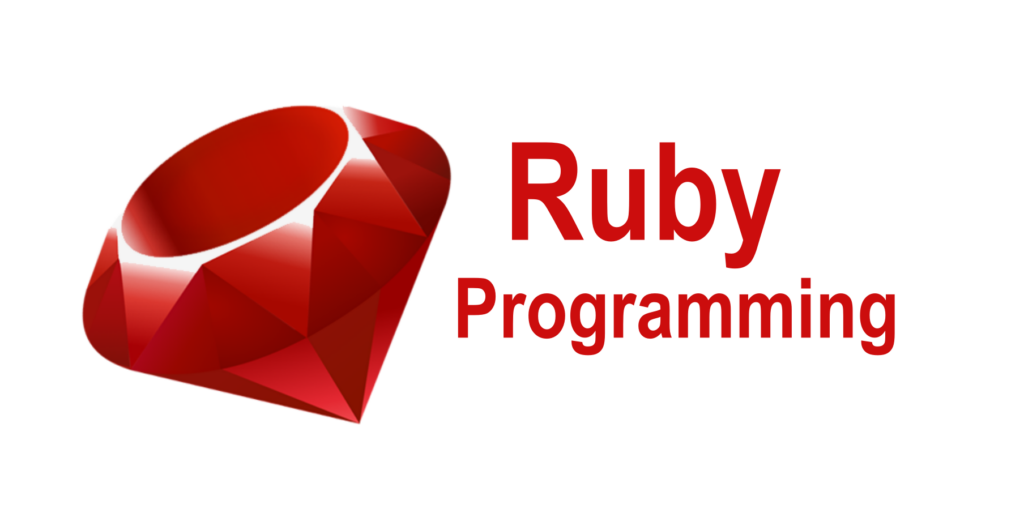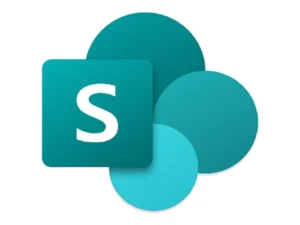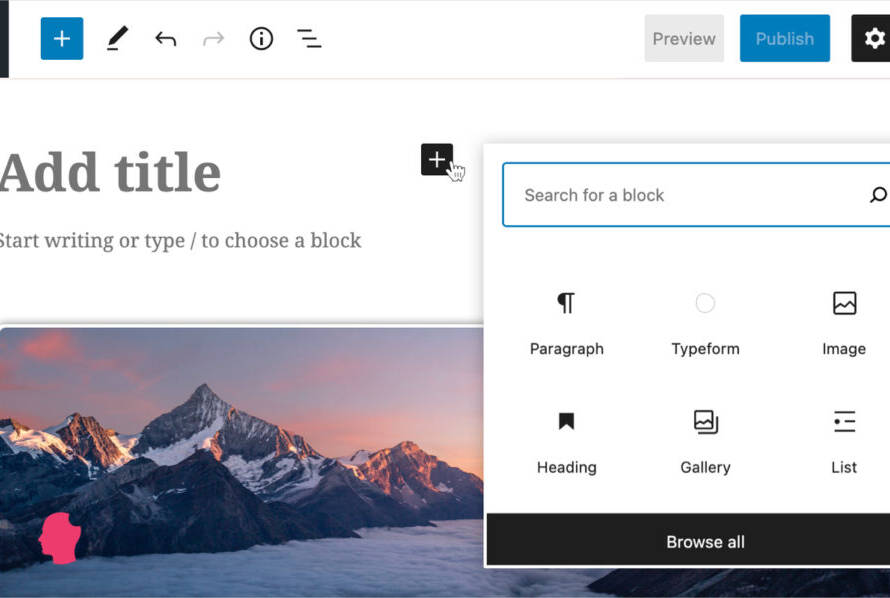Table of Contents

Introduction
Web Applications have seen a surge in popularity in recent years, as businesses and organizations look to improve their digital capabilities and meet the demands of a increasingly mobile and remote workforce. In this guide, we’ll explore the benefits and challenges of web applications, as well as best practices for web application development.
Web applications have become an integral part of our daily lives, providing users with access to a wide range of services and information from anywhere in the world. From shopping and entertainment to communication and productivity, web applications have transformed the way we interact with technology.
A web application is a software program that runs on a web server and is accessed through a web browser. Unlike traditional desktop applications, web applications do not need to be installed on a user’s device, and can be accessed from any device with an internet connection. This makes web applications incredibly convenient and accessible for users, and allows developers to reach a much larger audience.
Programming languages
Web applications are developed using a variety of programming languages, including HTML, CSS, JavaScript, and server-side languages such as PHP, Ruby, and Python. They often use databases to store data and rely on frameworks and libraries to provide additional functionality and streamline development.
and structure web pages. It provides the basic structure and content of a web page, including headings, paragraphs, images, and links. HTML is a markup language, meaning it uses tags to specify how content should be displayed on a web page. These tags are placed within angle brackets and tell the browser how to interpret and display the content.
HTML

HTML has evolved over the years to include more advanced features, such as the ability to create forms, embed videos and audio, and display complex tables. HTML5, the latest version of the language, includes new elements and attributes that make it easier to create responsive, mobile-friendly web pages.
HTML is an essential tool for web developers and designers, as it provides the foundation for creating dynamic and engaging web pages. Whether you are building a simple website or a complex web application, HTML is a critical component that provides the structure and content for your pages. With its widespread use and broad support, HTML is a valuable skill that can help you build high-quality, accessible, and user-friendly web pages.
CSS

CSS (Cascading Style Sheets) is a stylesheet language used to add visual styling to HTML web pages. It provides a way to separate the content of a web page from its presentation, allowing developers to control the look and feel of a web page in a consistent and efficient manner. CSS allows you to specify the font, color, spacing, and layout of a web page, among other things.
CSS works by applying styles to HTML elements, either through classes or IDs. These styles are stored in a separate CSS file, and can be reused across multiple pages, making it easy to maintain a consistent look and feel throughout a website. CSS also supports media queries, which allow developers to create responsive designs that adapt to different screen sizes and devices.
CSS is an important tool for web developers and designers, as it provides the means to create visually appealing and engaging web pages. With CSS, you can create complex layouts, add animations, and apply visual effects that enhance the user experience. Whether you are building a simple website or a complex web application, CSS is an essential component that can help you create beautiful and effective designs.
JavaScript

JavaScript is a high-level, dynamic, and interpreted programming language used to add interactivity to web pages. It is a client-side scripting language, meaning that it runs in the user’s web browser, rather than on the server. JavaScript allows you to create dynamic effects, such as animated elements, pop-up windows, and interactive forms.
JavaScript is an essential tool for web developers, as it provides the means to create engaging and interactive web pages. It can be used to validate form inputs, create dynamic drop-down menus, and even build complex single-page applications. JavaScript is a versatile language that can be used in a variety of contexts, from simple web pages to complex web applications.
In recent years, JavaScript has gained popularity and become one of the most widely used programming languages. With its vast ecosystem of libraries and frameworks, JavaScript provides developers with a wealth of tools and resources to build high-quality and scalable web applications. Whether you are just starting out or are a seasoned developer, JavaScript is a valuable skill that can help you create dynamic and engaging web pages.
PHP

PHP (Hypertext Preprocessor) is a server-side scripting language used to create dynamic web pages. It is a powerful tool that provides the means to access and manipulate data stored in databases, generate dynamic content, and manage sessions and cookies. PHP runs on the server, processes the code, and returns the result to the user’s web browser as HTML.
PHP is an open-source language, meaning that it is freely available and has a large community of developers and users who contribute to its growth and improvement. With its vast ecosystem of libraries and frameworks, PHP provides developers with a wealth of tools and resources to build complex web applications.
Whether you are building a simple blog or a complex e-commerce site, PHP is a valuable tool that can help you create dynamic and engaging web pages. Its ease of use, wide support, and strong community make it a popular choice for web developers and businesses alike. If you are looking to build a website or web application, PHP is a powerful language that provides the means to achieve your goals.
Ruby

Ruby is a high-level, dynamic, and interpreted programming language that is known for its simplicity and elegance. It was created to make programming fun and enjoyable, and its syntax is designed to be easily readable and accessible to developers of all skill levels.
Ruby is often used to build web applications, as it provides a rich set of libraries and tools to handle a wide range of tasks, from database access to web content generation. Ruby is also known for its versatility and can be used for a wide range of applications, including desktop software, system administration, and more.
Ruby is an open-source language, and it has a large and active community of developers and users who contribute to its growth and improvement. With its vast ecosystem of libraries and frameworks, Ruby provides developers with a wealth of tools and resources to build high-quality and scalable web applications.
Whether you are just starting out or are a seasoned developer, Ruby is a valuable skill that can help you create elegant and dynamic web applications. Its simplicity, versatility, and supportive community make it a popular choice for web developers and businesses alike.
Python

Python is a high-level, interpreted, and versatile programming language that is known for its simplicity, readability, and ease of use. It is a powerful tool for a wide range of applications, from web development to scientific computing and data analysis.
Python has a large and active community of developers and users who contribute to its growth and improvement. With its vast ecosystem of libraries and frameworks, Python provides developers with a wealth of tools and resources to build high-quality and scalable applications.
Python is widely used in the field of machine learning and data science, as it provides a rich set of libraries and tools to handle complex data analysis and modeling tasks. It is also popular for web development, as its simplicity and versatility make it a valuable tool for building dynamic and engaging web applications.
Whether you are just starting out or are a seasoned developer, Python is a valuable skill that can help you create powerful and effective applications. Its simplicity, versatility, and strong community make it a popular choice for developers and businesses alike.
Advantages of Web Applications
Web applications offer several advantages over traditional software applications, including:
- Accessibility: Web applications can be accessed from any device with an internet connection, making them ideal for remote and mobile work.
- Scalability: Web applications can easily scale to meet the changing needs of a business or organization.
- Cost-effectiveness: Web applications are often more cost-effective than traditional software applications, as they eliminate the need for expensive hardware and infrastructure.
- Automatic updates: Web applications are updated automatically, eliminating the need for manual updates and ensuring that users always have access to the latest features and security updates.
Challenges of Web Applications
Despite their many benefits, web applications also come with several challenges, including:
- Security: Web applications are vulnerable to hacking and cyber attacks, so it is important to implement robust security measures to protect sensitive data.
- UI/UX: The user experience (UX) of a web application is critical to its success, and it can be challenging to create a user-friendly and visually appealing interface.
- Scalability: While web applications can easily scale to meet the needs of a growing business, they also require careful planning and management to ensure they continue to perform well as they scale.
- Integration: Integrating web applications with existing systems and data sources can be a challenge, requiring careful planning and execution.
Best Practices for Web Application Development
To maximize the benefits and minimize the challenges of web applications, it is important to follow best practices for web application development, including:
- User-centered design: Prioritize the needs and preferences of users when designing web applications, and focus on creating a user-friendly and intuitive interface.
- Scalable architecture: Plan for scalability from the outset, using scalable cloud infrastructure and modular software design.
- Secure coding: Adhere to best practices for secure coding and implement robust security measures, such as encryption and authentication, to protect sensitive data.
- Performance optimization: Regularly monitor and optimize the performance of web applications, and address any performance bottlenecks to ensure they continue to perform well as they scale.
Future of Web Applications
The future of web applications is bright, as businesses and organizations continue to adopt and embrace cloud computing and software as a service (SaaS) solutions. In the coming years, we can expect to see continued innovation and advancements in web application development, including:
- Improved security: Web applications will become more secure, with advanced security measures and technologies to protect sensitive data.
- Better UI/UX: The user experience of web applications will continue to improve, with more intuitive and visually appealing interfaces.
- Increased integration: Web applications will become increasingly integrated with other systems and data sources, allowing for seamless collaboration and data exchange.
- Greater accessibility: Web applications will become more accessible.


